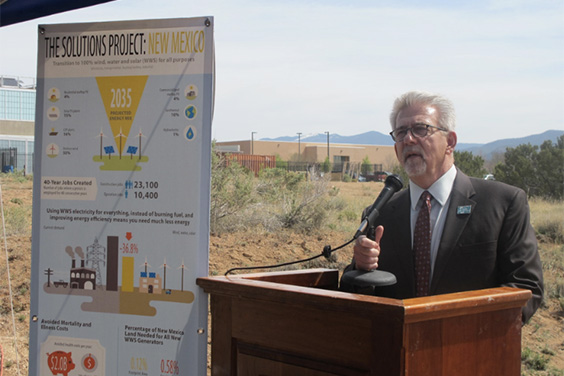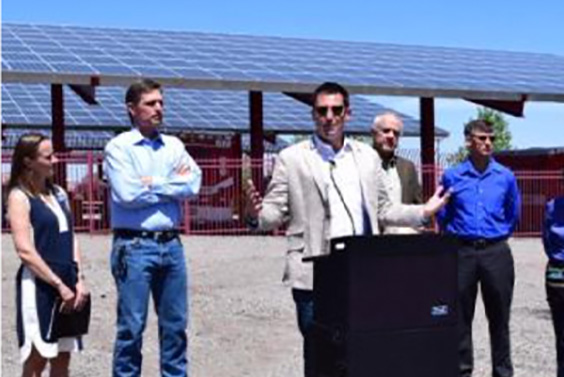CITY OF LAS CRUCES
City of Las Cruces on solar as a fiscally sound investment.
Over the past six years, the City of Las Cruces has invested $5 million in almost 1.2 MW of solar projects at nine different facilities. These renewable energy investments represent almost 7 percent of the City’s energy portfolio, garnering over $300,000 annually in energy savings and renewable energy credits (RECs). City Manager Stuart Ed said, “Clean technologies not only protect and preserve our environment but are also fiscally sound investments.”
What tools, resources or financing did you use to establish your project?
Initially, the city utilized grants and loans from the U.S. Department of Energy, Housing and Urban Development, and the New Mexico Finance Authority. As solar costs decreased, City administration and the Council recognized that the city could shift the trajectory of increasing energy costs and anticipated capital needs by using Hold Harmless/Gross Receipt Tax money for sustainable energy projects.
What benefits have you realized?
Cities are serving as the leaders in smart and clean energy technologies. These investments not only help industries thrive but also reduce greenhouse gas emissions, which is good for everyone. Mayor Ken Miyagishima said that, “Renewable energy promotes new technologies and job opportunities as the city demonstrates the viability of alternative energy.”
What challenges did you overcome to implement your project?
In order for the City to maximize the benefits of renewable energy, we need to have energy efficient facilities. Working with energy service companies is another strategy that helps the City meet its sustainability goals.
What advice would you give neighboring communities who are trying to implement a similar project?
Set a goal and incorporate it in your Capital Improvement Budget. This makes renewable energy a clear priority. Many electricity rates still include demand charges. Even with net-zero buildings that produce as much energy as they use, the City still has utility costs. When battery technologies are integrated into systems, we anticipate even bigger savings.


